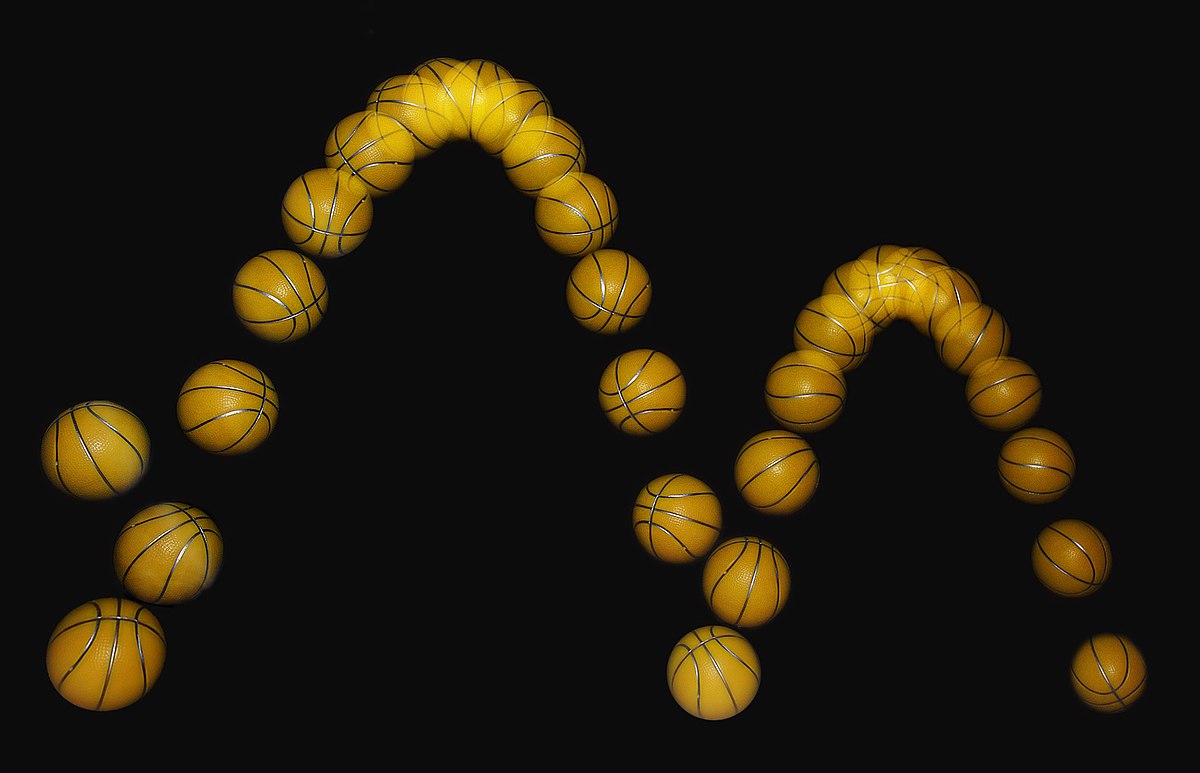Two news things. Data, and I'm going to keep it short.
First of all, I've used the data of TAKKYU LABO / Table Tennis Labo, as compiled by Zaio. Credits:
Takkyu Labo:
https://www.youtube.com/channel/UCoj8qH_dGJHF18zrxg93cPw/videos
Zaio's post:
https://www.tabletennisdaily.com/fo...rnative-for-tenergy-05.34/page-23#post-345782
I've used the data to update my graphs. All rubbers are from the source, except from Mark V which I've got from a different source. The rubbers relative to eachother should be correct, but the speeds are not. Basically: ignore the x-axis and enjoy the graphs.
Interpretation of the Epar graph above:
With regards to flat hits, Tenergy05 is fastest, closely followed by Dignics05 and Rozena. Fastarc G1 and Rakza X are a bit slower but still fast.
Tacky rubbers Rakza Z EH and Dignics 09c are a lot slower, especially when not hitting hard, but in the harder shots they speed up to the other rubbers a bit. This makes them relatively more sensitive to incoming speed, if the opponent hits harder, you'll automatically return harder. But the total speed is still on the low side, so it's still more manageable.
H3 Pro is by far the slowest by itself. Mark V dances to its own tune, pretty fast in the slow stuff but quick to lose out speed wise. It's steep curve makes it very forgiving to incoming power: if the opponent hits harder, the rubber will slow down a lot, giving you a more constant return hit speed. This is possibly a reason why people feel so confident with it.
Interpretation of the Tpar graph above (tangential coefficient of restitution, or
spin-ability):
Only relative values count here, not absolute values.
H3 Pro is the king of spin.
Rakza7 EH comes closest in the slow game, Dignics 09c is spinnier in the fast game. Rakza EH has a higher Epar than D09c everywhere, so with equal stroke technique, it'll shoot balls out more straight, and perhaps, therefore, feel less spinny. (It is impossible to hit a 100% Tpar shot, without any perpendicular rebound).
Then a bit lower follow a whole lot of tensor rubbers. In order of spinny to least: Rakza X, G1, Dignics 05, Tenergy and Rozena.
Rozena is the least spin sensitive (lowest Tpar at low speed) and thus easiest for passive blocks, in the fast game it catches up to the other rubbers.
All of the above can be bullshit of course, it's just my interpretation of these graphs. Calculating Tpar from the measurement values also requires assumptions, which can be wrong, and of course I can have made mistakes in somewhere as well.
That's it for this time!
.
.
.
Ok, I lied, I am going to go on a bit longer. But this is only relevant to those very interested in rubber physics, skip it if you're not.
Wonderful data gives insight into a long-standing debate: does throw angle exist as a separate parameter, or is it 'the same' as Tpar? Are spin and throw angle the same thing or separate things? Answer: it seems to be separate!
The measurements of TT Labo show that there is
more to table tennis rubbers than just Tpar and Epar. Or more specifically: it proves that there is a difference between throw angle and spin, and that they are not "the same", as is sometimes claimed.
Proof:
In the 50cm drop
bounce test, rubbers Ventus Extra (Max) and MX-D have the same Epar: 0.64
The Epar stays the equal in the 100cm drop test and very close in the 188cm droptest, so it can be said that these rubbers are
very similar if not equal for flat hits.
In the 50cm drop
spin test they also generate close to exact the same spin (15.5 rps / 15.4 rps).
Yet their rebound angle is
different at 24.5 and 25.7 degrees. This doesn't seem like much, but excluding tacky rubbers, all rubbers are between 23.3 and 25.7 degrees, so it is pretty significant.
So while straight bounce (Epar) and spin generation is equal, their rebound angle differ. This is opposing the view that spin and throw angle 'are the same thing'.
My hypothesis
As the ball sinks into the rubber, it depends on the rubber where it pushes the ball to the side the most. If the sponge pushes more on the deepest tip of the ball (deep in the sponge), you get more spin and less throw angle, if the topsheet pushes more towards the center of the ball , you get more throw angle and less spin.
A simple metaphor
- if you stand on the ground, and somebody kicks your feet from under you, you rotate in place, but you don't move sideways. (Eventually you'll land face down on the floor). A lot of spin, no throw angle.
- if you stand on the ground and somebody kicks your knees from under you, you rotate, and you also move sideways a bit. Less spin, more throw angle.
- Some rubbers kick the ball at their feet, some kick it in the knees.
Methodology and accuracy - only for those interested in the behind-the-scenes of these graphs, skip otherwise.
Epar (Perpendicular Coefficient of Restitution, the speed of flat hits)
This was super easy. The bounce test results are the Epar.
You should ignore the speed values on the x-axis though, as I've not taken drag into account. The absolute speeds aren't the actual speeds, but the relative speeds of the rubber relative to each other are correct.
The test is performed at a slow speed though, so every value for hard hits is an extrapolation. And could be wrong. But it's the best available data at the moment.
Tpar (Tangential Coeffecient of Resitution, important for spin and the speed of loops, together with Epar)
This is a bit more complex. One of the reasons for this is the chosen testing method by TT Labo. In short: he drops the ball from different heights, while a paddle with rubber moves with a constant speed to the side to simulate (top/back/side) spin stroke. The issue is as the ball gets dropped from higher, the paddle doesn't increase in speed. So at low drops, the paddle moves relatively quickly, and thus it's a spinny stroke (loop). At the high drops, the paddle moves at the same speed, so all in all, the hit becomes more drive than loop. Due to this, the graph is more accurate for the low speed values than for the high speed values.
To get the value of Tpar, I took the Tan of the rebound angle and multiplied it with the spin. This is an easy way to get both spin and throw angle in equal scalars into a single number. Then this was divided by the Epar, to take the vertical part out of the rebound angle equation.
The Tiefenbach paper is vague about their math and methods (they skip this step entirely) so I don't know if that's equal to what they did or not. I'll experiment a bit more with other options.
A last remark is that the Epar tests are done at three drop heights, but spin tests at only two. That means for Epar I can plot a curve, but for Tpar only a straight line. Which is likely an oversimplification.
Thanks for reading













